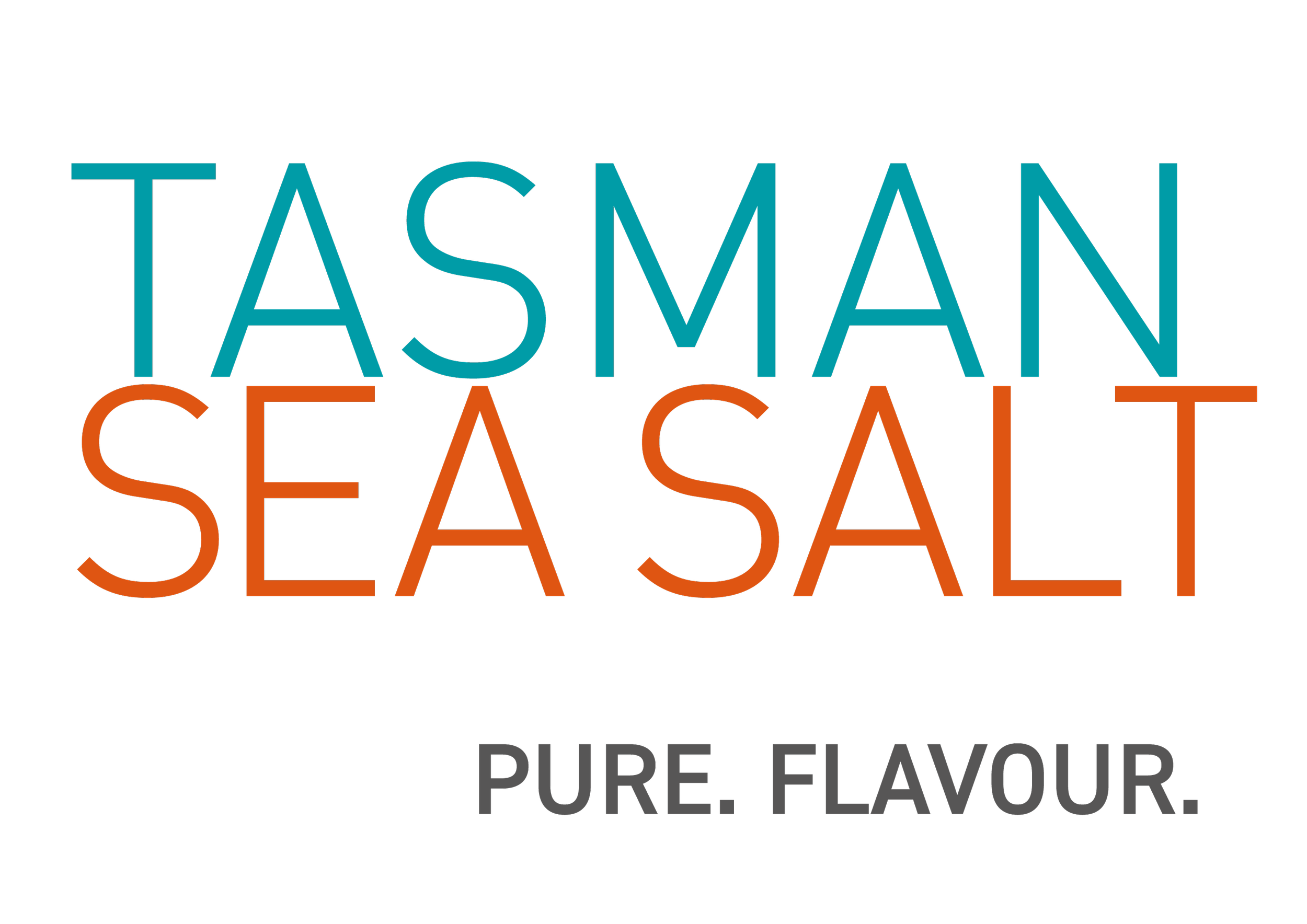Less than 7km south of the Tasman Sea Salt works are the ruins of another saltworks which date back to the 1830’s and give rise to the name of the beach there - Saltworks Beach, accessed via Saltworks Road.
The old saltworks were established in 1835 by James Radcliff and, like Tasman Sea Salt, they used innovative technologies for their time with an underfloor flu for heating and drying the salt, and a windmill for extracting salt water from the ocean. Sadly the saltworks were not a commercial success and were closed down in 1841. The reason for their failure is unclear but many believe it was due to the withdrawal of assigned convict labour and the removal of an import duty on salt, both of which occurred in the 1840’s. Nonetheless, the saltworks were advanced for their time, and the remaining structure of the ruins and the landscape of the area reveals much about the early processes of salt making in Australia.
In a gory twist to the tale, James Radcliff travelled back to London in September 1856 for what was meant to be a short visit – but he never returned. Subsequently a bag was found under Waterloo Bridge, in London, containing mutilated remains which were thought to be his. But no positive identification was made and for many years after his wife met every boat that arrived into Hobart from London in the hope that her husband might one day return.
The new salt works are situated at Mayfield (as shown on the above map from circa 1838). Mayfield borders the Lisdillon farm and old saltworks site.


